Offcuts
Offcuts: Sheep have currency
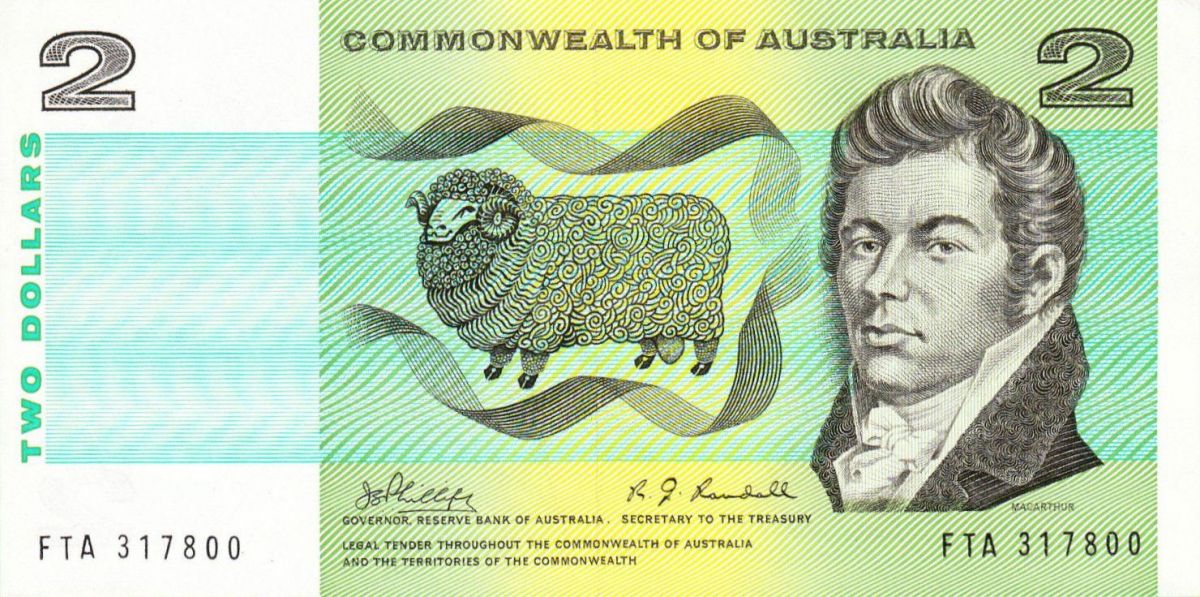
A recent photo that popped up in our social media feed of the famous 'Shilling Ram' got us
And as it turns out, it was a lot.
Here's a list of times when Australia's Treasury have thought so highly of the humble sheep that they've immortalised it on a bunch of money.
The Shilling Ram
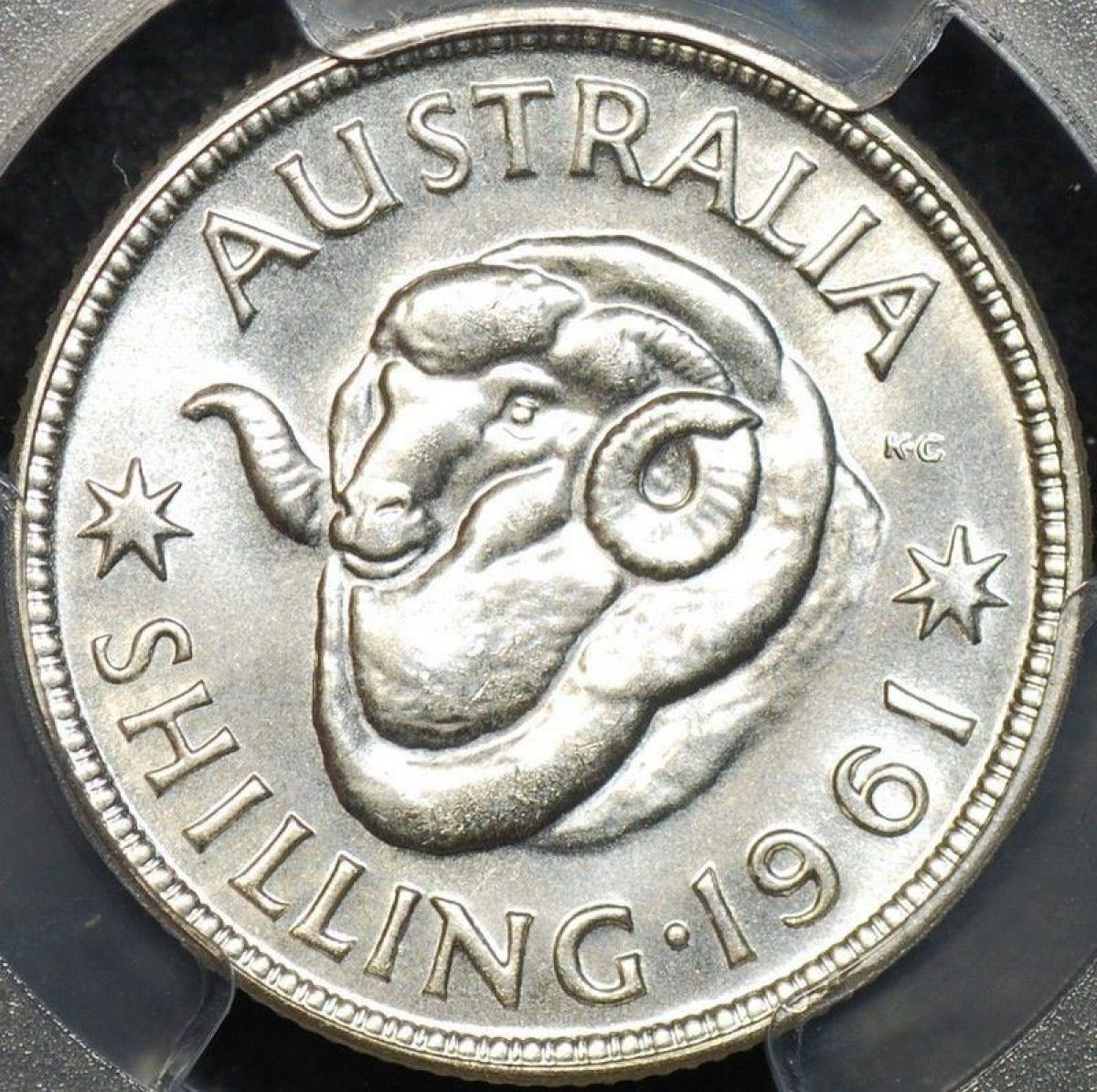
The 'Shilling Ram' as it came to be known was the grand champion Merino ram at the 1932 Sydney Sheep Show.
The Sydney Mail (29 June 1932) reported at the time that Uardry 0.1 was “generally acknowledged to be one of the most magnificent Merinos ever seen in Sydney, with all the characteristics of greatness in his splendidly‑modelled body, his strong head and horns, and his beautiful, soft, richly‑crimped fleece.”
So correct was the head and horn placement on 0.1 that six years later in 1938, this famous Merino’s effigy was immortalised on the reverse of the Australian one‑shilling coin, where it stayed decimal currency was introduced in 1966.
Uardry 0.1 was pictured again on the obverse of the 50 cent coin in 1991 to commemorate the 25th anniversary of decimal currency.
The 1,000 Pound Note 1914‑1924

You haven't misread
Illustrated on the back of the note was a flock of Merino sheep at Bungaree Station, SA, circa 1906.
The 50‑Pound Note 1914‑1918
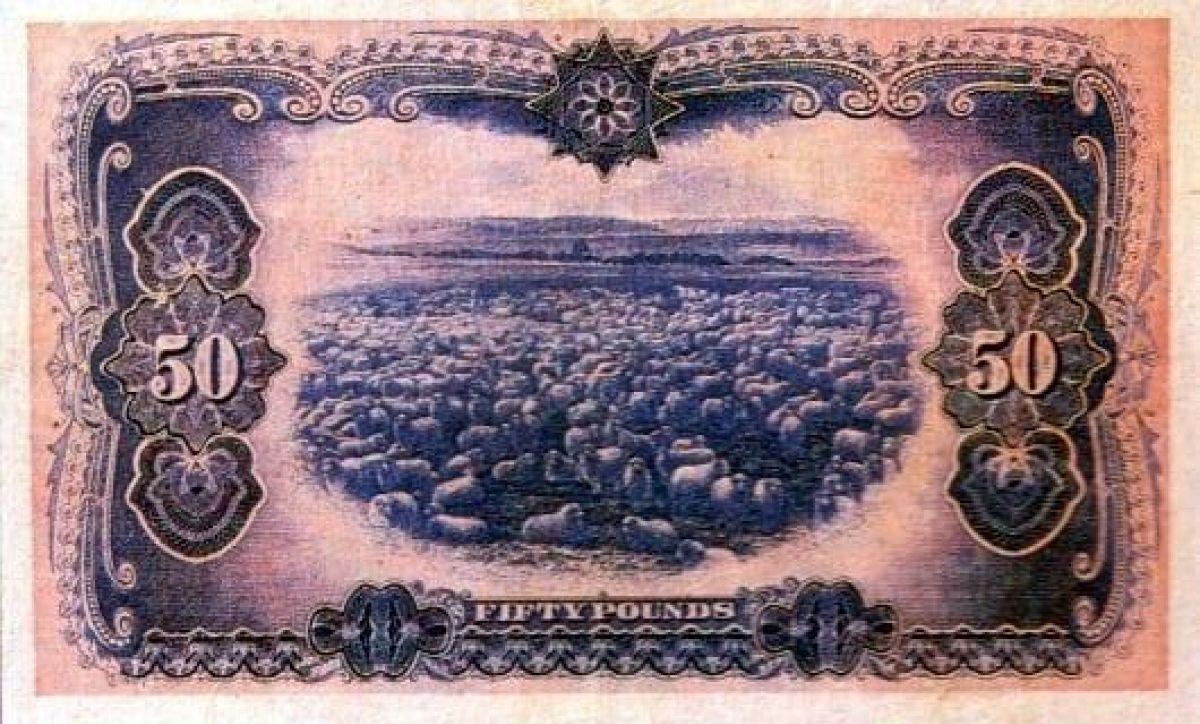
To recognise the wool industry as being responsible for 40 per cent of Australia's exports at the turn of the 20th century, the 50‑pound note also carried the illustration of the Merino flock at Bungaree, SA.
The One‑Pound Note 1933‑1952
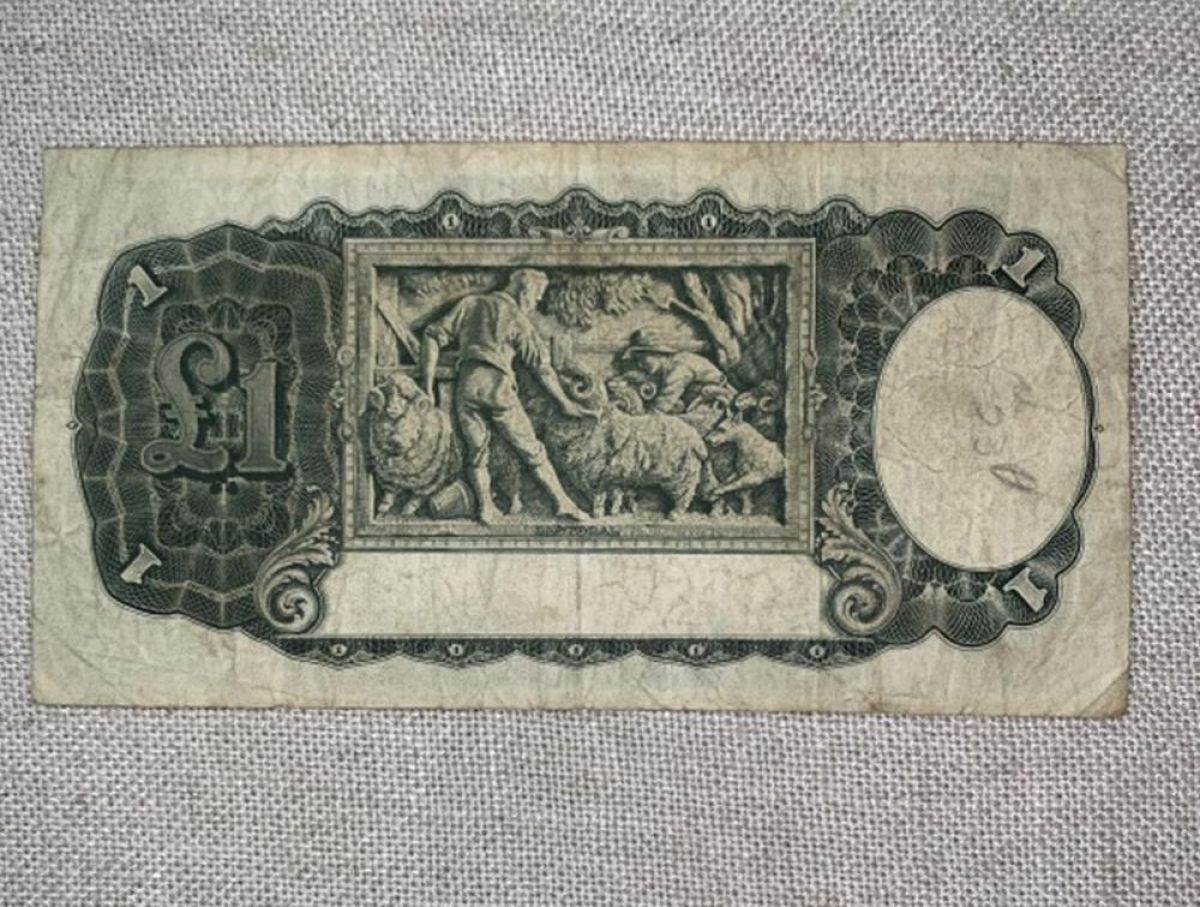
For almost 15 years, the reverse side of the one‑pound note featured a framed pastoral scene with farmers tending sheep.
The Five‑Pound Note 1954‑1965
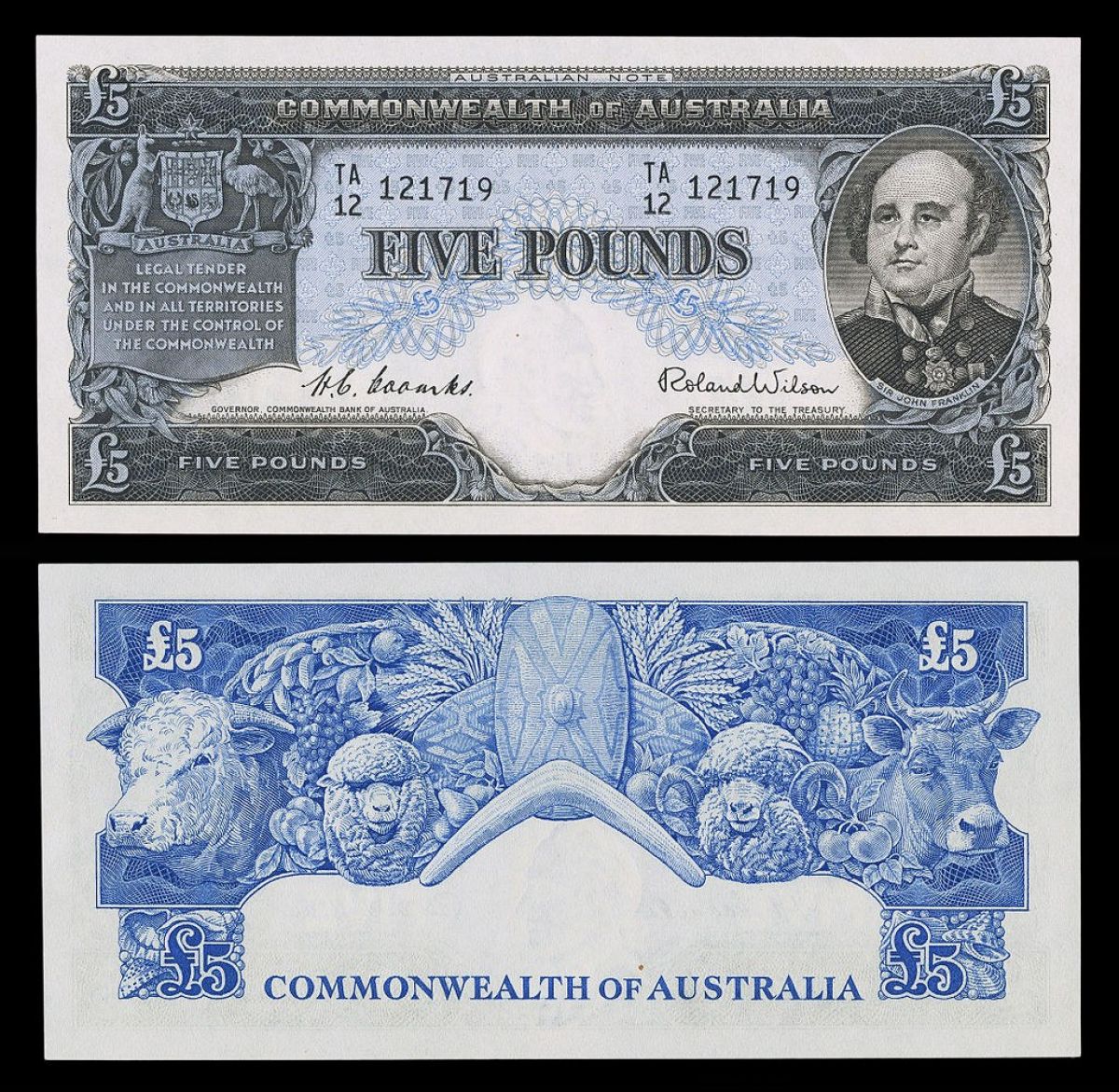
From 1954‑1965, the reverse side of our five‑pound note carried illustrations of sheep along with cattle and other agricultural products.
The 20 Royal Note
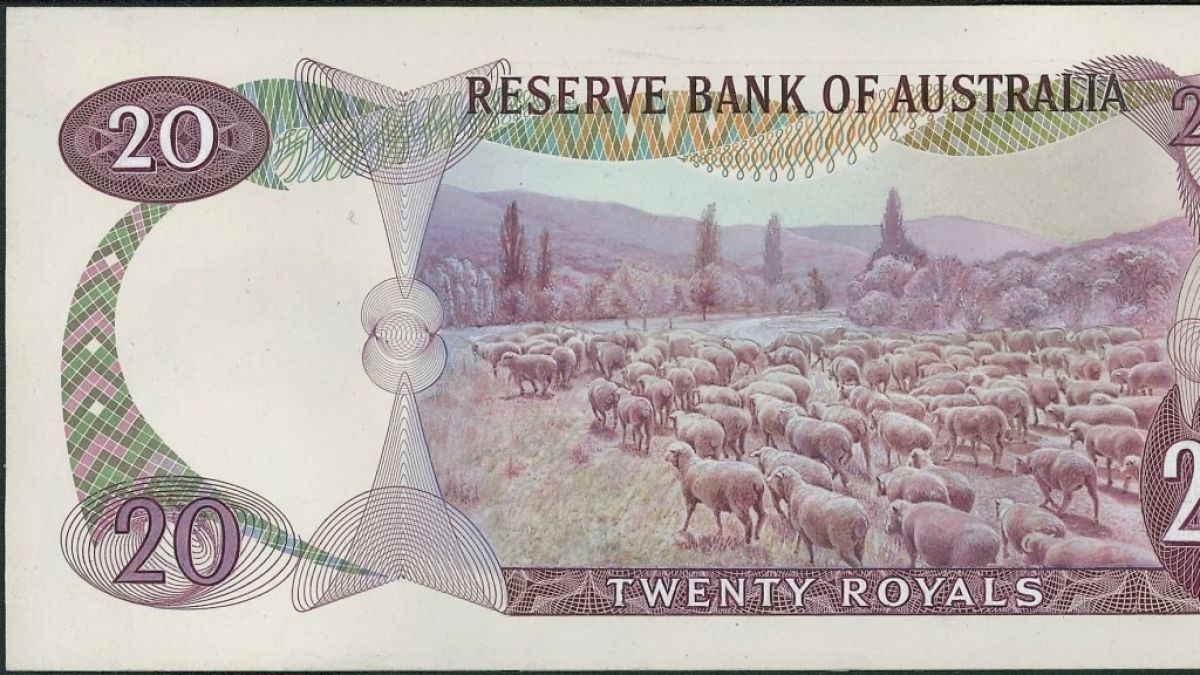
You're probably thinking to yourself "what is on earth is a royal note".
That's because it doesn't
When Prime Minister Robert Menzies announced in April, 1963 that pounds, shillings and pence were to be ditched in favour of decimal coinage, there was much public debate about what the new money should be named.
After some deliberation, Treasurer Harold Holt told parliament later that year that the new currency would be named the royal, stating it was a "dignified, distinctive name" that would have the advantage of emphasising Australia's link with the Crown.
The royal was to be divided into 100 cents, with the coins named after their pre‑decimal predecessors — the crown (50 cents), the florin (20 cents) and the shilling (10 cents) ‑ with a flock of sheep to be illustrated on the face of the florin.
However, the proposal to name the currency the royal was met with almost‑unanimous public disapproval and the plans were scrapped, with Holt rising again in parliament later in 1963 to announce that Australia's decimal currency would be the dollar.
The Two‑Dollar Note 1966‑1987

The Australian two‑dollar note was introduced in 1966 due to decimalisation to replace the one‑pound note which had similar green colouration.
The note was issued from its introduction in 1966 until its replacement by the two‑dollar coin in 1988.
The two‑dollar was known as the "sick sheep" in reference to its green colour and the Merino ram that it showed.
The 50‑Dollar Note 1995‑2018
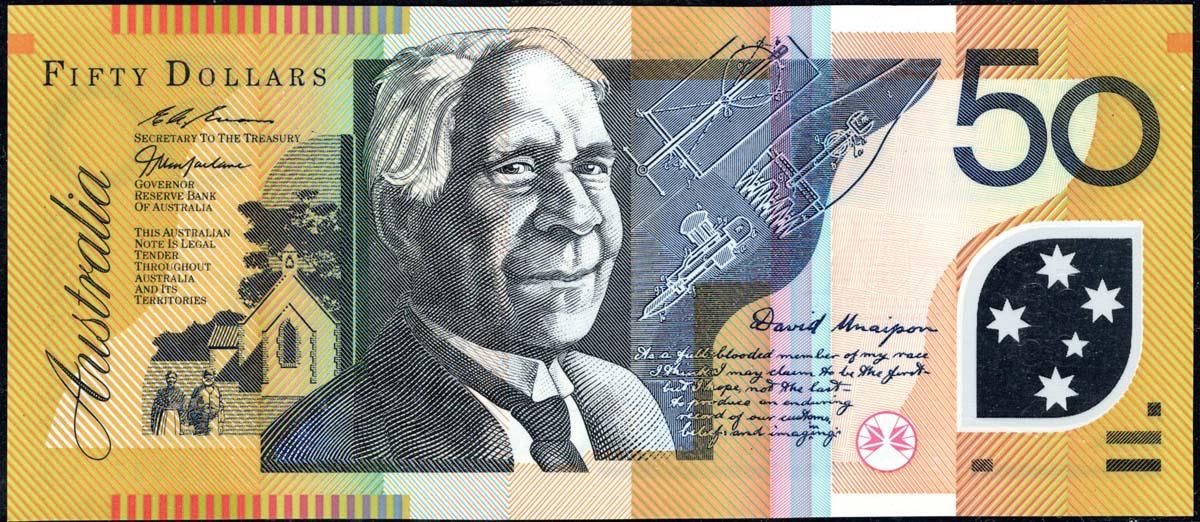
From 1995 to 2018, a portrait of Ngarrindjeri man David Unaipon, inventor and author of the first work published in Australia by an Aboriginal Australian, appeared on the front of the 50‑dollar note.
In 1909, Unaipon invented the first straight‑line motion shearing machine, developing and patenting the handpiece that became the standard in woolsheds across the country.
It was introduced without Unaipon receiving any financial return and, apart from a 1910 newspaper report acknowledging him as inventor, he received no credit.
Unaipon took out provisional patents for 19 inventions between 1909 and 1944, but was unable to afford to get any of them fully patented.